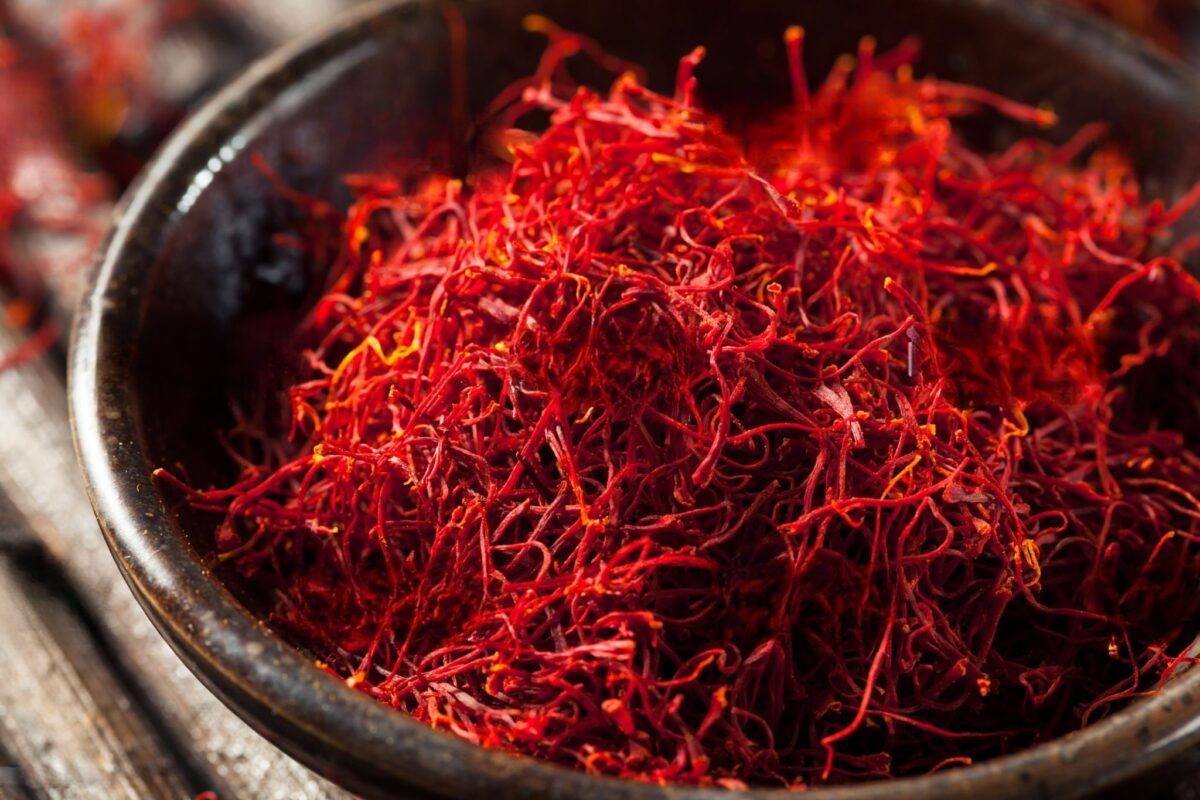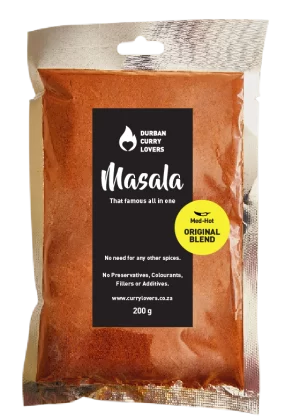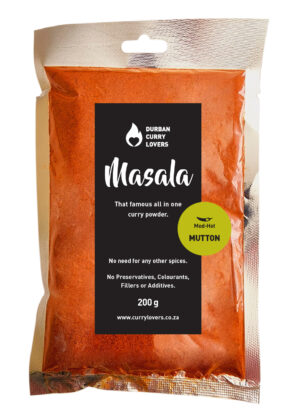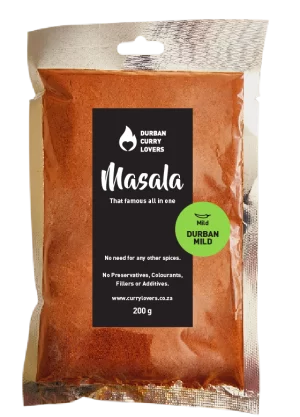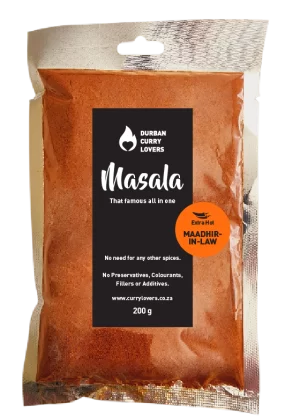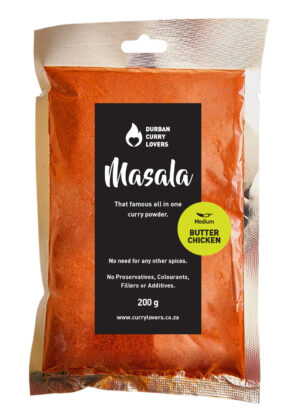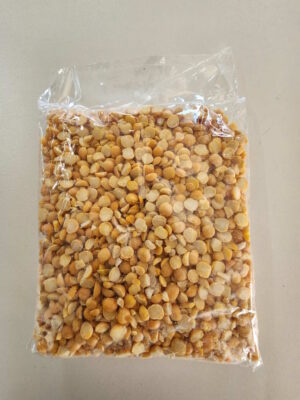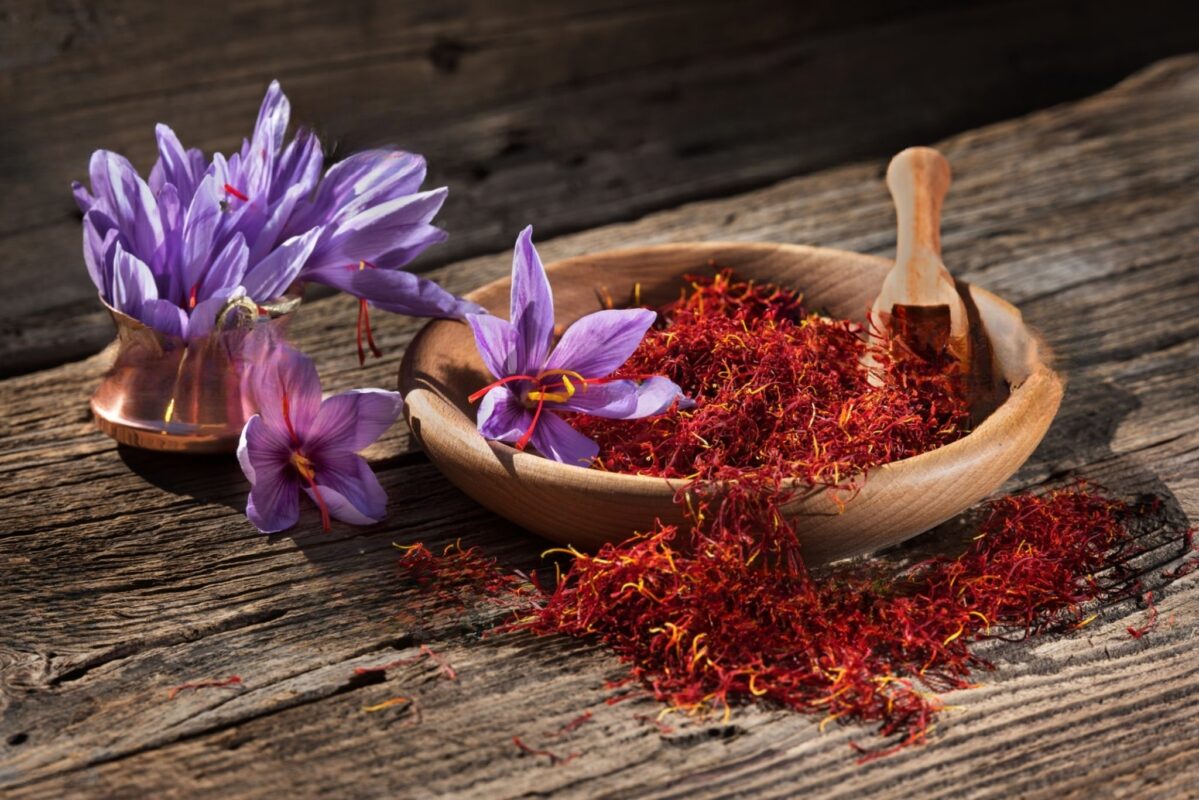
Indian cuisine, a vibrant tapestry of flavours and traditions, has captivated food connoisseurs worldwide. Among the many spices that grace this cuisine, one stands out for its unique taste, colour, and aroma – Saffron. This golden spice, a treasure of the culinary world, holds an esteemed place in the heart of Indian recipes.
This article will journey through the history of saffron, its remarkable benefits, and its distinctive role in Indian cooking.
The Origin and History of Saffron
Saffron, scientifically known as Crocus sativus, is a spice derived from the flower’s three stigmas (the part of the flower which catches pollen). Often referred to as ‘red gold’ due to its high market value and vibrant colour, the history of saffron dates back over 3,500 years and spans many cultures, continents, and civilizations. Saffron cultivation began in ancient Persia and slowly spread to other parts of the world, including India, where it was warmly embraced.
India, particularly the Kashmir region, is now one of the largest producers of saffron in the world. Indian saffron, known as ‘Kesar’, is deeply embedded in the country’s culture, used not only in cooking but also in religious rituals and traditional medicines.
Health Benefits of Saffron
Saffron is more than just a culinary delight; it’s a wellspring of health benefits. This spice is packed with antioxidants like crocin, crocetin, safranal, and kaempferol, which are known to have anti-inflammatory, antidepressant, and antifungal properties. Studies have shown that saffron may improve mood disorders, enhance heart health, and even exhibit potential anti-cancer properties. However, while promising, many of these studies are preliminary, and more research is needed to fully understand saffron’s medicinal potential.
Saffron in Indian Cooking and its Use by Durban’s Indian Community
In Indian cuisine, saffron has a role that goes beyond just adding flavour. It’s a symbol of hospitality, affluence, and festivity. Saffron is used in a multitude of dishes, from biryanis and pulaos to sweet treats like kheer and gulab jamun. It imparts a luxurious golden-yellow hue to the dishes, enhancing their visual appeal.
The use of saffron is not just limited to its threads. Saffron milk (milk infused with saffron threads) is a common addition in Indian recipes, offering a delicate and aromatic flavour profile that elevates the dish.
The Indian community in Durban, South Africa, who are the descendants of Indian indentured labourers brought to the region in the 19th century, have adapted their culinary traditions to their new environment, with saffron featuring prominently. The subtle floral notes of saffron complement the bold flavours of their dishes, adding depth and complexity. Saffron’s rich golden hue also enhances the visual allure of their cuisine, making it a feast for both the eyes and the palate.
Conclusion
Saffron, with its rich history, health benefits, and culinary versatility, remains an integral part of Indian cuisine and has found its unique place in the kitchens of Durban’s Indian community. Its unique flavour profile and vibrant colour make it a prized ingredient in kitchens worldwide. Whether it’s enhancing a fragrant biryani, adding depth to a creamy kheer, or complementing the bold flavours of Durban’s Indian cuisine, saffron continues to add its golden touch to dishes.
Exploring the use of saffron not only uncovers the secrets of delectable dishes but also delves into a history that’s as rich and colourful as the spice itself. As we continue to innovate and experiment in our kitchens, saffron, the queen of spices, will undoubtedly remain a beloved ingredient, transcending boundaries and creating memorable gastronomic experiences.
Remember, while using saffron, a little goes a long way. So, whether you’re a seasoned chef or a kitchen novice, try adding a pinch of this golden spice to your dishes and watch them transform into culinary delights. Whether in the heart of India or in the vibrant kitchens of Durban’s Indian community, saffron continues to leave its indelible mark, adding a golden touch to the culinary landscape.
